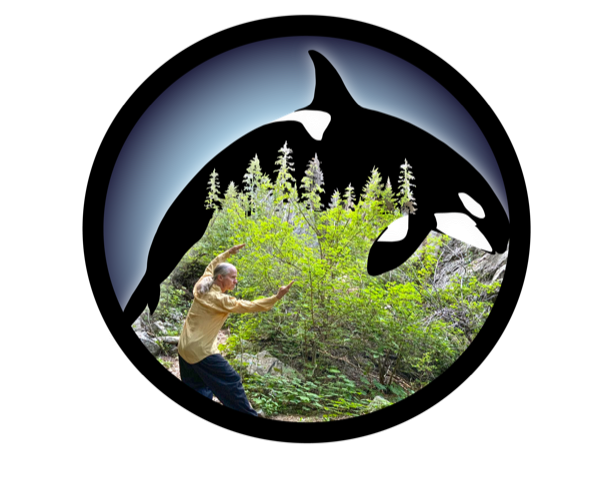- cross-posted to:
- green@lemmy.ml
- cross-posted to:
- green@lemmy.ml
The Kauaʻi ʻōʻō, a small black and yellow bird with glossy feathers and a haunting song, was the last surviving member of the Hawaiian honeyeaters. This year, it was officially declared extinct.
The ōʻō was one of 21 species that the US Fish and Wildlife Service removed from the endangered species list in 2023 because they had vanished from the wild. Gone is the little Mariana fruit bat – also known as the Guam flying fox – and the bridled white-eye, which was once one of the most common birds on that island. So too, are the Scioto madtom, a diminutive, whiskered catfish that lived in Ohio, and the Bachman’s warbler, which summered in the US south and wintered in Cuba. Eight freshwater mussels in the south-east are officially extinct, as are eight Hawaiian birds. manatee underwater Hope for Florida’s dwindling manatees as review could restore protections Read more
The delisting, which was finalised in November after two years of study and consideration, came as no surprise to biologists and conservationists. Many of these species had not been seen in decades. But the announcement was a sobering reminder that the climate crisis and habitat destruction are accelerating an extinction crisis that threatens 2 million species globally.
:-(
This is the best summary I could come up with:
Four other species are at imminent risk of extinction, largely due to an epidemic of avian malaria, a disease transmitted by invasive mosquitoes, and habitat loss.
And the climate crisis, which has shifted local weather patterns and reshaped sensitive island ecosystems, is further complicating matters, said Rachel Kingsley.
In his nearly 50-year career, Jim Jacobi, a biologist with the Pacific Island Ecosystems Research Center, has been one of the last people on earth to ever see at least four birds that are now considered extinct.
Its cousins on the Big Island, Oahu and Molokaʻi had even grander tail feathers that were once used to construct the cloaks and capes worn by Hawaiian royalty, explained Jonee Peters, executive director of the Conservation Council for Hawaii.
“What makes us Hawai’ian is the collective experiences of ourselves and of our ancestors,” said Noah Gomes, a native bird expert and historian based in Hilo, Hawaii.
The flat pigtoe mussel, for example, only gained ESA protections in 1987 – seven years after it was last seen in the wild, and more than a decade after construction began on a dam that experts agreed would imperil its population.
The original article contains 1,498 words, the summary contains 192 words. Saved 87%. I’m a bot and I’m open source!



